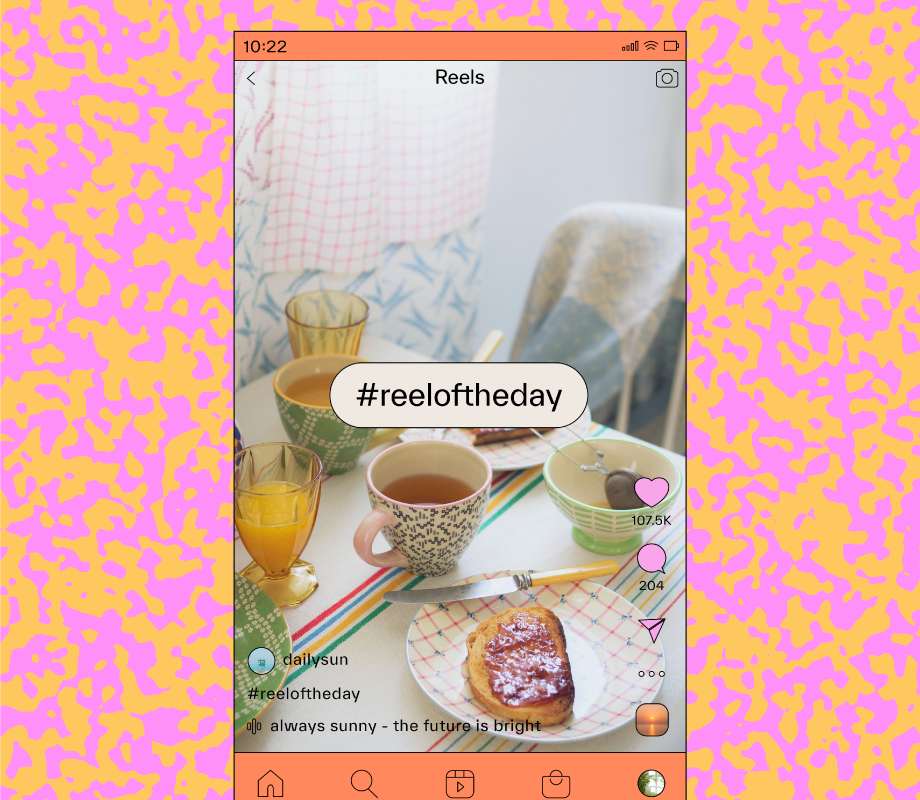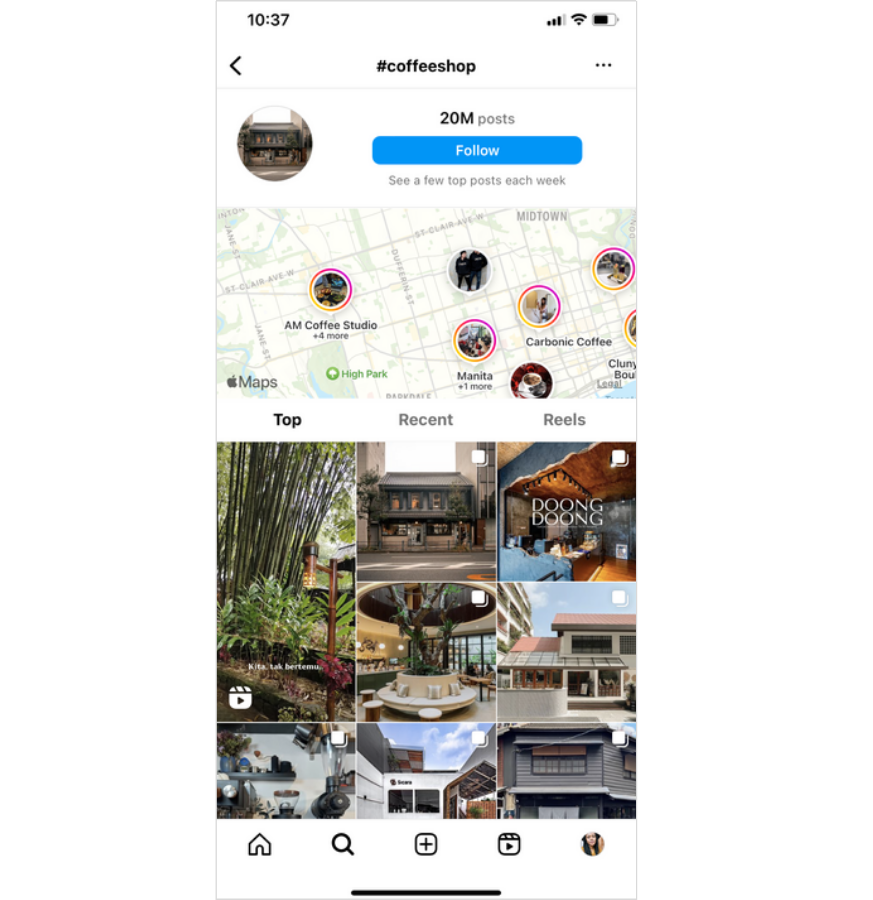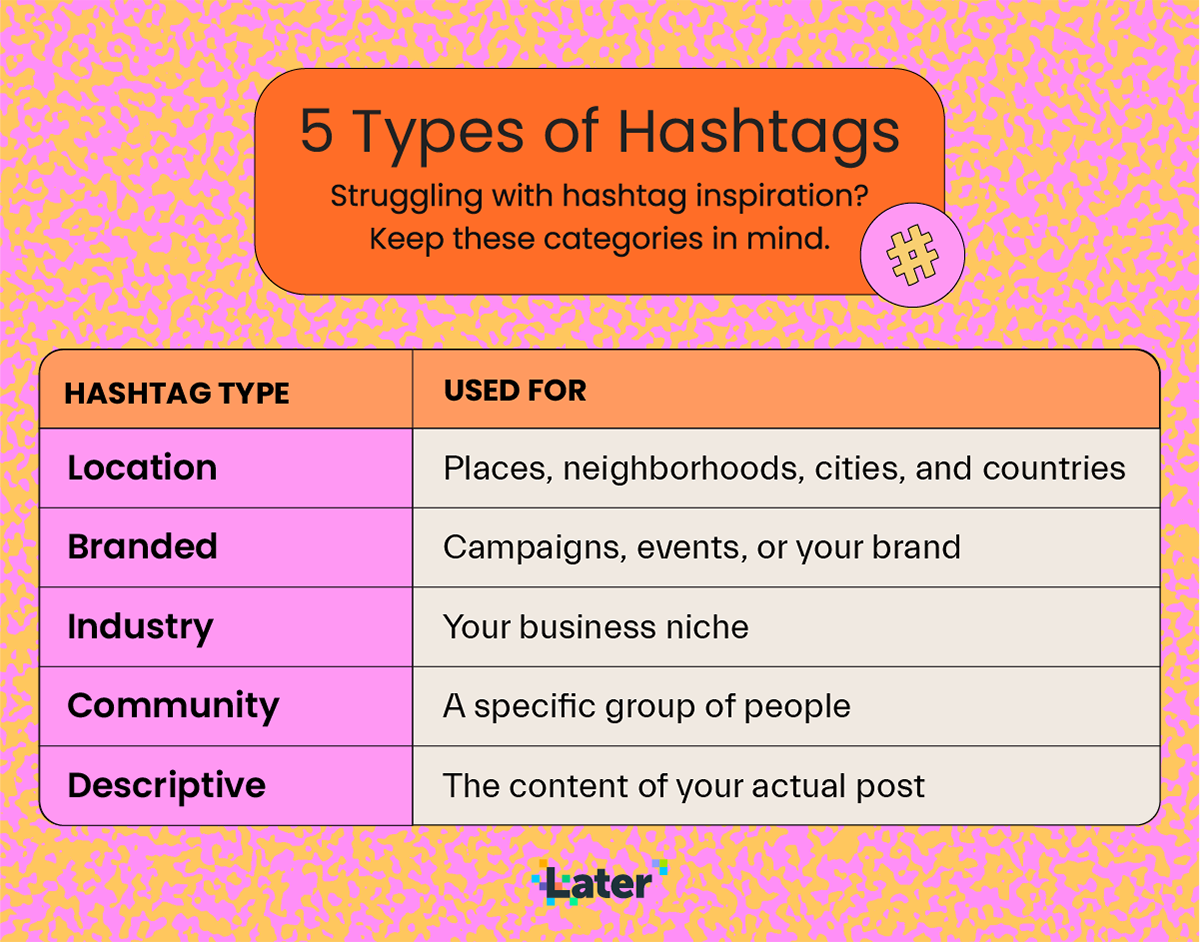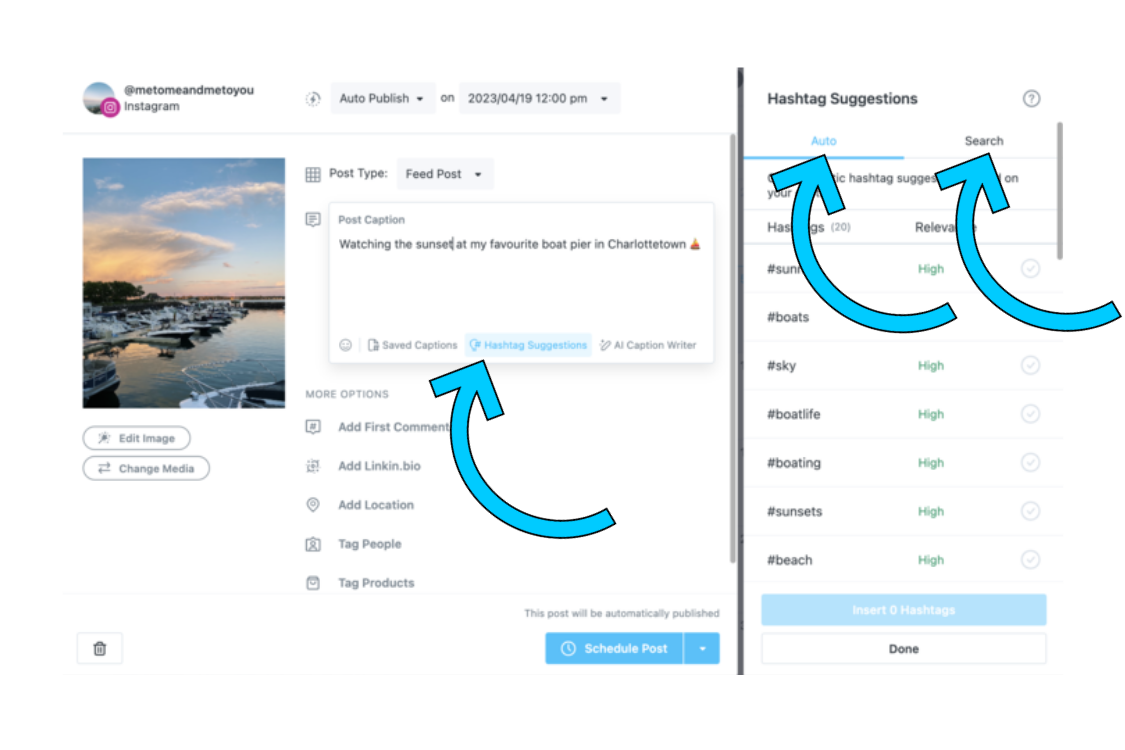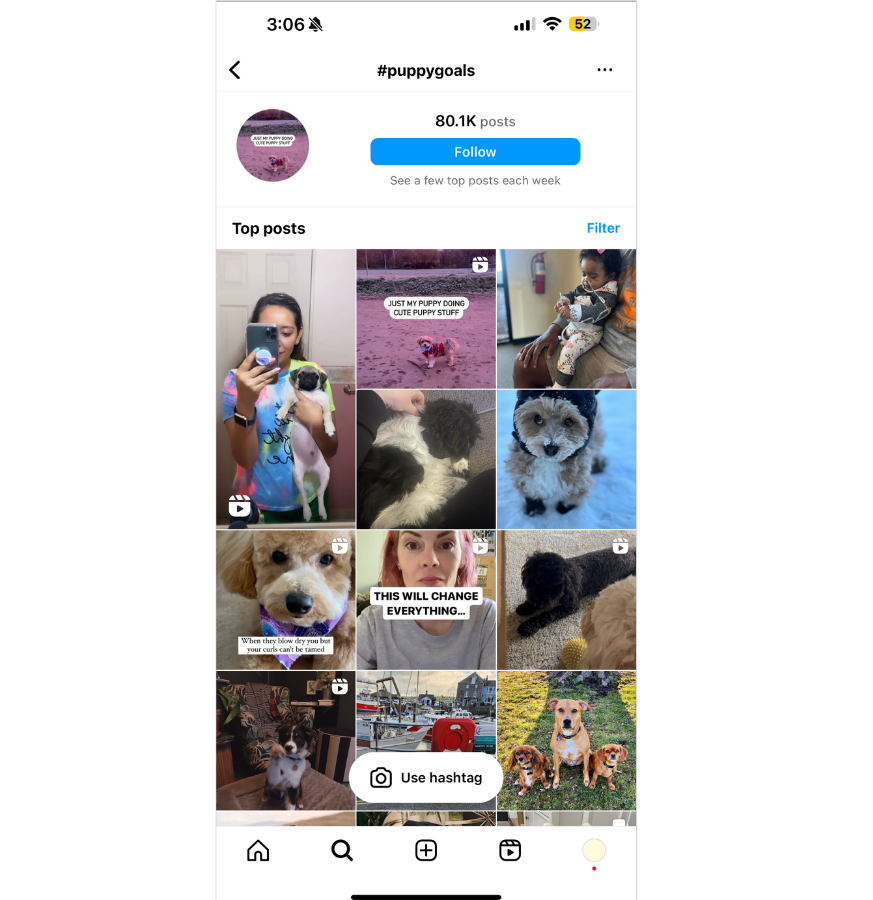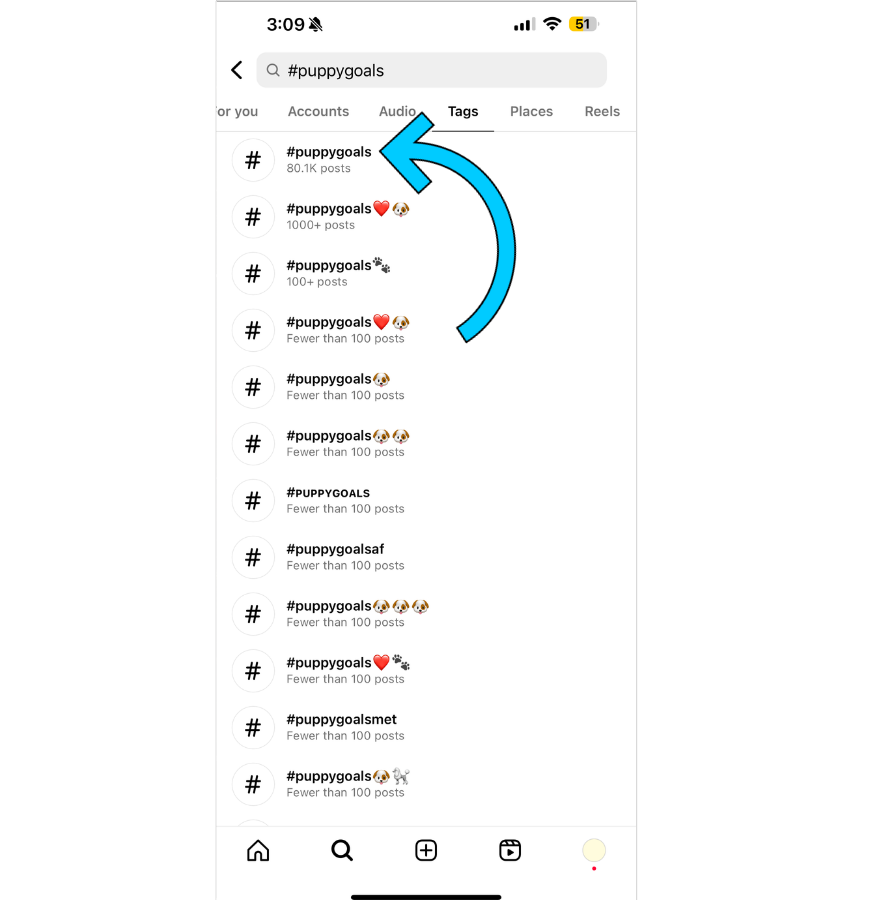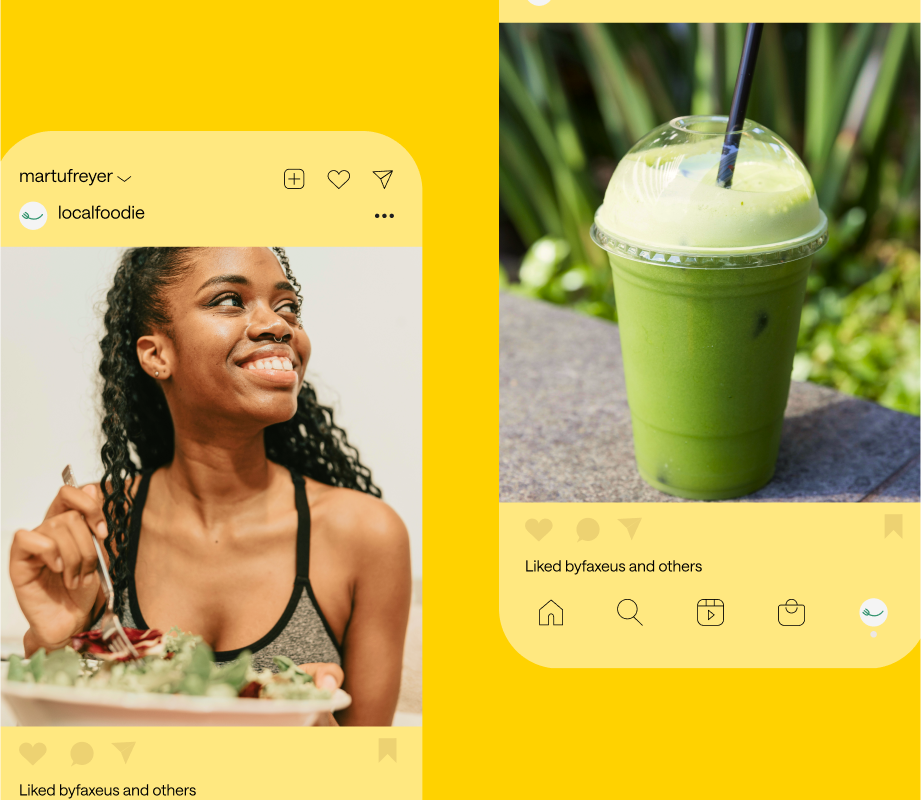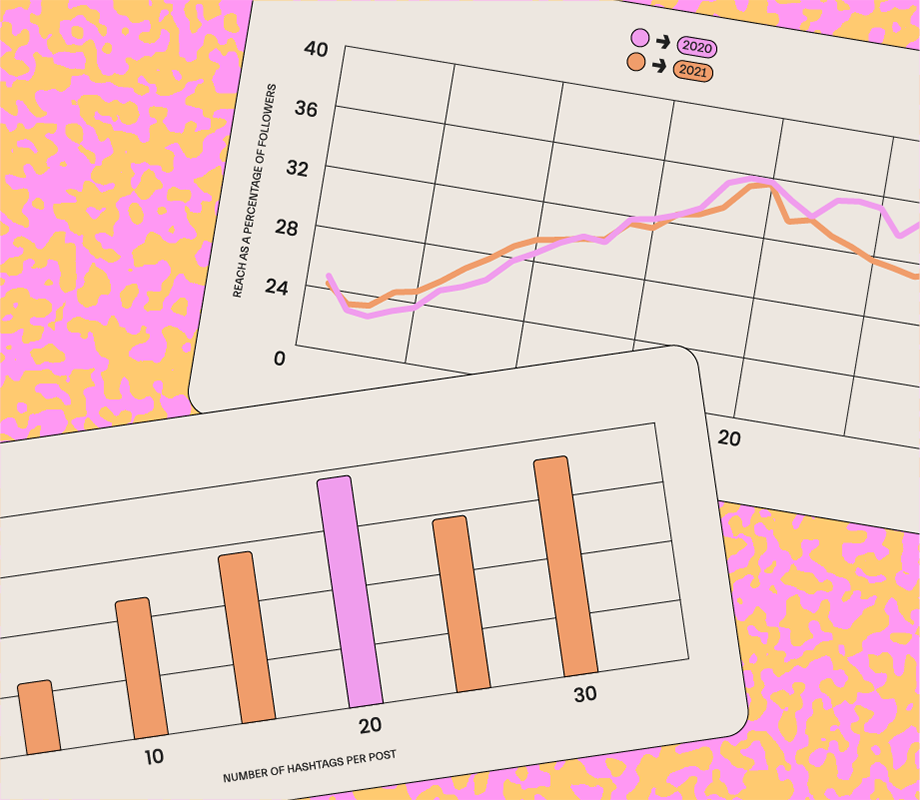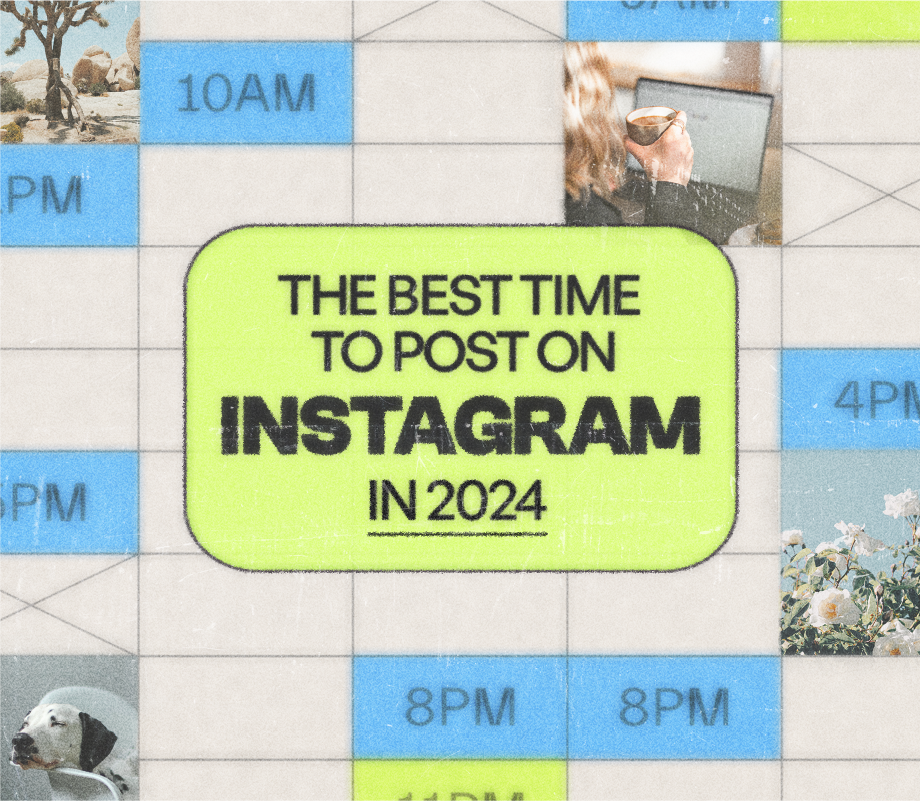Instagram hashtags are still one of the most effective ways to get more eyes (and engagement!) on your Instagram posts.
But how many hashtags should you use? What are the different types of hashtags? Which ones are trending right now? Should they go in your caption or in the comments?
We’re answering all these questions, and more, in our ultimate guide to Instagram hashtags — including the best hashtag tool to optimize your posts in 2024.
Table of Contents
- How Do Hashtags Work on Instagram?
- What Are the Benefits of Using Hashtags on Instagram?
- The Top 50 Most Popular Hashtags in 2024
- How Many Hashtags Should You Use on Instagram?
- What Are the Different Types of Instagram Hashtags?
- How to Find the Best Hashtags for Your Content Strategy
- Should You Use Hashtags in the Instagram Caption or Comment Section?
- How Hashtags Can Be Used to Increase Likes On Instagram
- How to Save Time With Your Instagram Hashtag Strategy
- How to Build an Effective Hashtag Strategy With Analytics
How to Save Time With Your Instagram Hashtag Strategy
Finding 20-30 hashtags for every post you share is extremely time-consuming — but there are ways to make the process more efficient.
One way is to curate lists of hashtags that align with your main content pillars, which you can quickly adjust and add to each post.
With Later’s Instagram Scheduler, you can create multiple “Saved Captions” that contain your curated lists of hashtags:
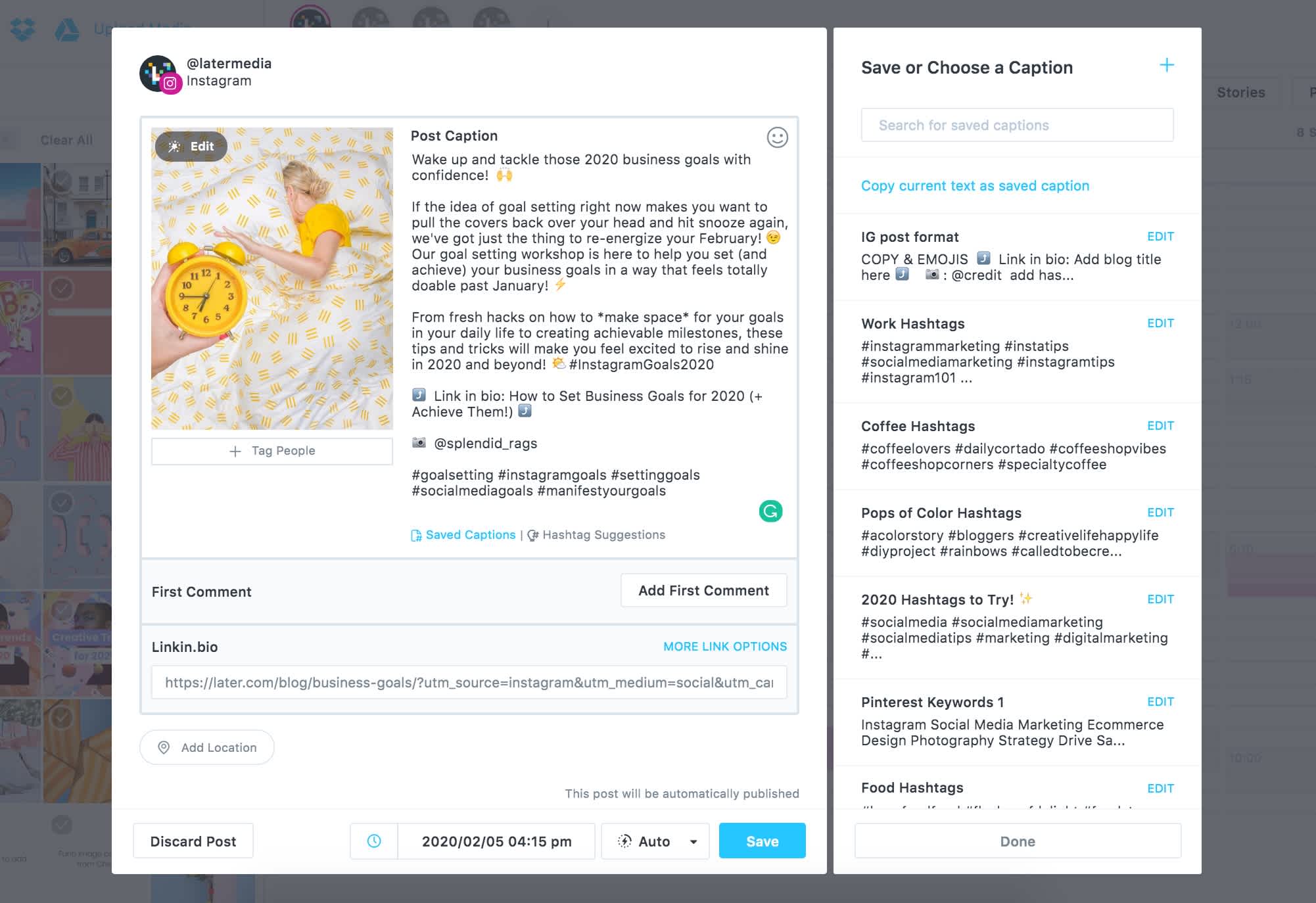
You can quickly add them to a post caption (and edit them) in two taps!
How to Build an Effective Instagram Hashtag Strategy With Analytics
The best way to build your hashtag strategy?
Having a solid foundation first.
Once you've found the hashtags you want to use, it's important to test them and dig into your analytics.
Reviewing the performance of your hashtags is a great way to monitor the success of your experiments, and will let you fine-tune your strategy over time.
With Later's Hashtag Analytics tools, you can track key insights about your hashtags — including a breakdown of which are driving the most likes, comments, saves, and reach on your Instagram posts:
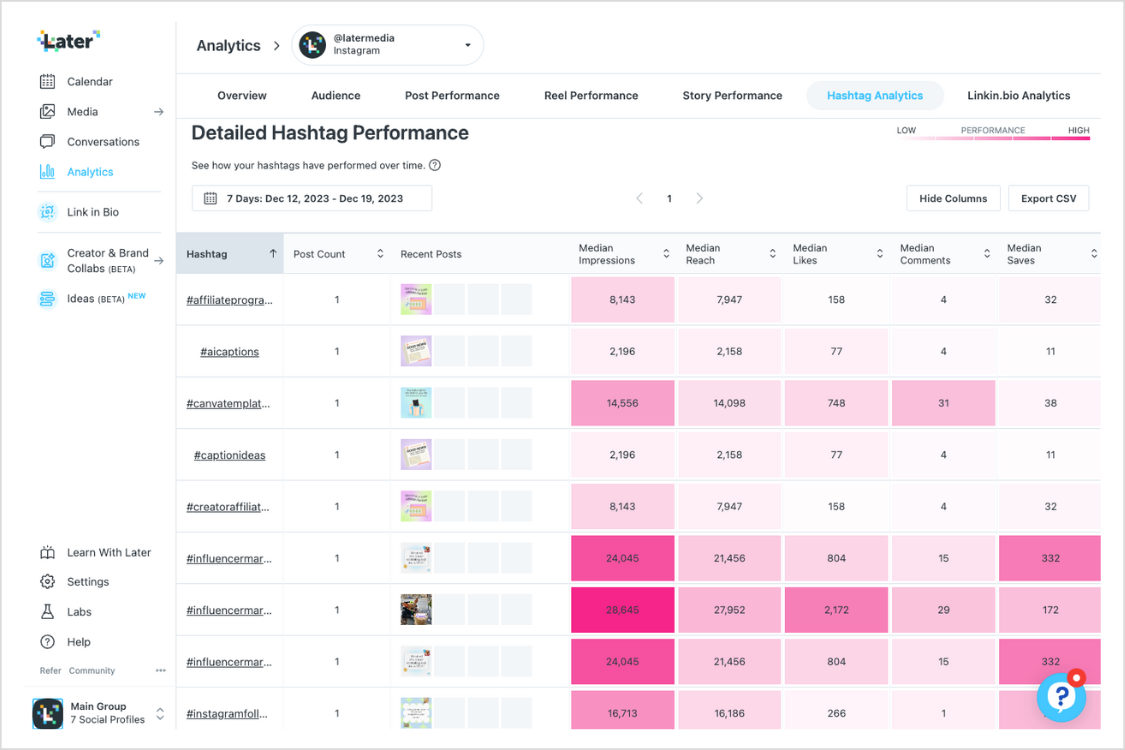
Hashtags are a powerful way to reach new audiences and grow your account, but it takes time and effort to see big results.
Whether you use 10 or 30, a consistent hashtag strategy is still one of the most effective routes for growth on Instagram in 2024.
#LetsGrow!
Ready to take your hashtag strategy to the next level? Check out Later’s Instagram hashtag tool to help streamline your workflow!
